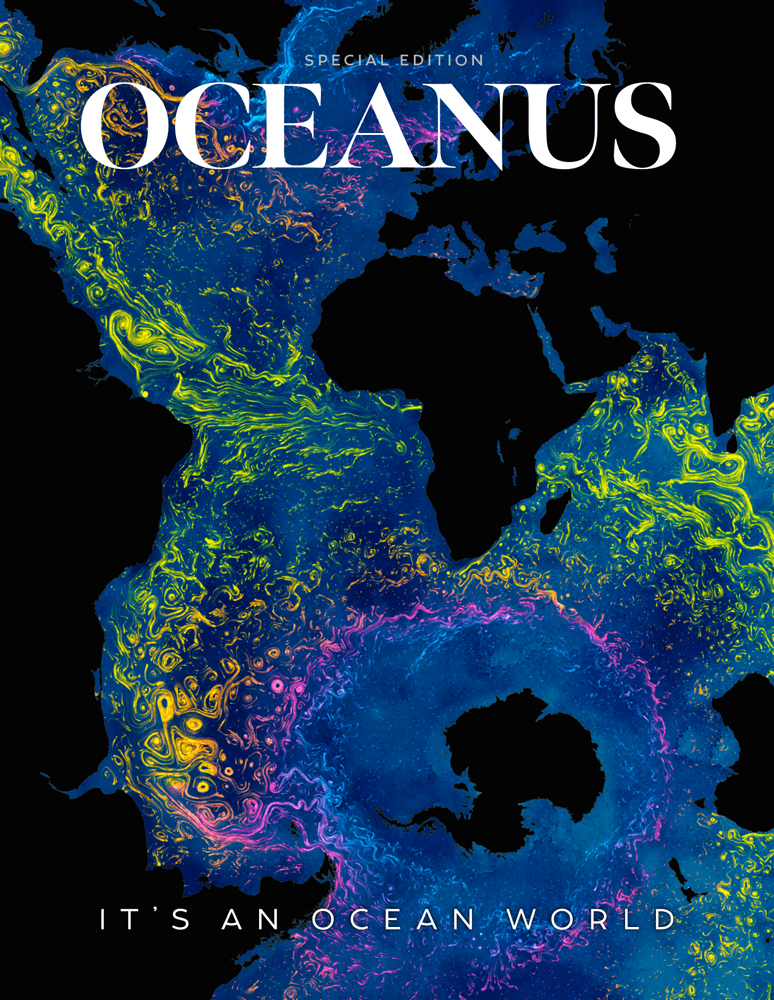Harmful Algae & Red Tides
Salt pond closed for a second time by red tide toxicity
What drives the Great Atlantic Sargassum Belt
Rivers are drowning in toxic sludge
Phytoplankton blooms see two-decade surge along world’s coastlines
Study Estimates Economic Impacts of Harmful Algal Blooms on Razor Clam–dependent Community
Rising temperatures a boon for harmful bacteria in Cape Cod’s fresh and salt water
From the toxic scum on ponds and lakes to the nuisance blooms that can shut down vital desalination plants providing water to millions, the Cape Cod region — and the world, is increasingly tuned into the problems presented by Harmful Algal Blooms.
Woods Hole report identifies concerns, possible solutions for harmful algae blooms
‘The concept looks fairly solid.’ Researchers test new clay process to kill red tide cells
The process, known as clay flocculation, involves spraying a mixture of clay particles and seawater onto the red tide algae.
Breakthrough discovery: Mote researchers may have found method to kill red tide with clay
Outside Mote Marine Laboratory, Dr. Lewis deployed a technique called clay flocculation. It’s a project led by the Woods Hole Oceanographic Institute and Dr. Don Anderson.
To Understand How Warming is Driving Harmful Algal Blooms, Look to Regional Patterns, Not Global Trends
Accounts of harmful algal growths have increased over time. So has monitoring, however, making it difficult to tell whether the rise in observations is simply because there is greater awareness of their occurence or if it truly represents a growing ocean threat.
Sargassum now World’s Largest Harmful Algal Bloom Due to Nitrogen
Citizen science vital to cyanobacteria bloom research
“We have many parts of the country with huge coastlines like Maine and California and we’re finding it really difficult to monitor for multiple toxins threatening people and ecosystems,” said Don Anderson, a senior scientist at WHOI and a principal investigator at the Woods Hole Center for Oceans and Human Health.
WHOI receives NOAA awards to study, predict harmful algal blooms
Researchers at WHOI were recently named in a list of 17 new research projects funded by the NOAA to improve the nation’s collective response to the growing problem of harmful algal blooms.
Fighting algae with clay, sponges and floating barriers: Cape Coral canals are helping researchers find what works
As the Earth’s climate changes, blooms have become more frequent and severe, and the hunt for solutions has intensified, said algae scholar Don Anderson, senior scientist at WHOI in Massachusetts, where he’s been studying those solutions for decades.
A Tiny Camera Could Help Shellfish Farmers Avoid Big Losses
Cape Cod’s shellfish farmers face many challenges, and one of the biggest is dealing with harmful algal blooms, which can damage shellfish and be poisonous for humans to ingest. But a new project at the Woods Hole Oceanographic Institution is looking at a way to better manage this with the help of a tiny camera.
Toxic Algal Blooms Are Worsening with Climate Change
“Cyanobacteria grow quite well—better than almost everything else in those freshwater systems—the hotter it gets,” said Don Anderson, a senior scientist at WHOI.
Why are birds and seals starving in a Bering Sea full of fish?
Federal and university scientists are trying to better understand why some birds and marine mammals have been unable to find enough food, and whether toxic algae blooms — increasing as the water warms — could have contributed or caused some of the die-offs.
Everything you need to know about toxic algae blooms
The type of toxin released depends on the species causing the bloom. Some of the most common ones affect the liver or the nervous system, said Donald Anderson, director of the U.S. National Office for Harmful Algal Blooms and a senior scientist at WHOI.
WHOI gets $6.9M grant to study red tide
quotes John Stegeman, Michael Brosnahan
Warmer Waters Linked to Higher Levels of Shellfish Toxin
mentions Judy McDowell and WHOI
Scientists: Algae not just Toledo problem
mentions WHOI
Nauset Estuary and Town Cove closed to shellfishing
mentions WHOI
Feds: Gulf of Maine red tide will be similar to recent years
reprint of Associated Press article
also ran in: Albuquerue Journal, WABI Channel 5 and Seacoastonline.com
Gulf of Maine red tide bloom expected to be similar to past three years
mentions WHOI





